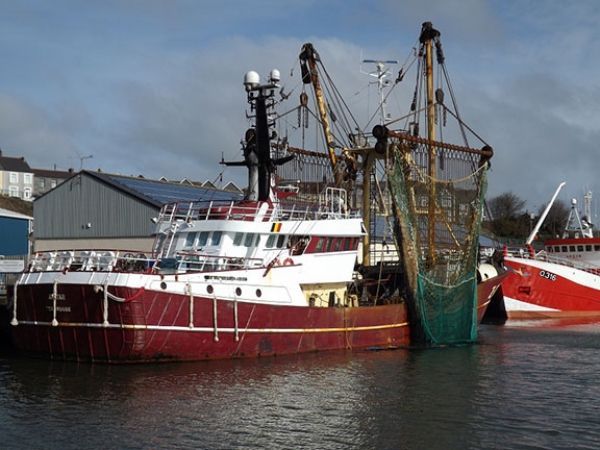A new analysis of ocean regions around the world shows that bottom trawling, which accounts for a quarter of the world’s seafood harvest and can negatively affect marine ecosystems, occurs on just 14 percent of the seafloor along continental shelves and slopes. These findings indicate that the footprint often had been overestimated significantly.
The analysis, which examined high-resolution data from 24 ocean regions off Africa, Europe, North and South America and Australasia, is the result of research by nearly five dozen scientists from 22 countries, including Jeremy Collie of the University of Rhode Island’s Graduate School of Oceanography.
The findings were published Oct. 8 in the Proceedings of the National Academy of Sciences. Lead authors are Ricardo Amoroso, who completed the research as a University of Washington postdoctoral researcher in the School of Aquatic and Fishery Sciences, and Simon Jennings of the International Council for the Exploration of the Sea.
The researchers examined satellite monitoring and fishing logbook data from 7.8 million square kilometers of seafloor shallower than 1,000 meters (3,280 feet), the regions where most of this type of fishing occurs. Bottom trawling involves dragging a net or dredge along the seafloor of the continental shelves and slopes to scoop up shrimp, cod, rockfish, sole and other bottom-dwelling fish and shellfish. The technique impacts ecosystems because other marine life and habitats can be killed or disturbed unintentionally as nets sweep the seafloor.
Continue reading at University of Rhode Island.
Image via Bangor University.


